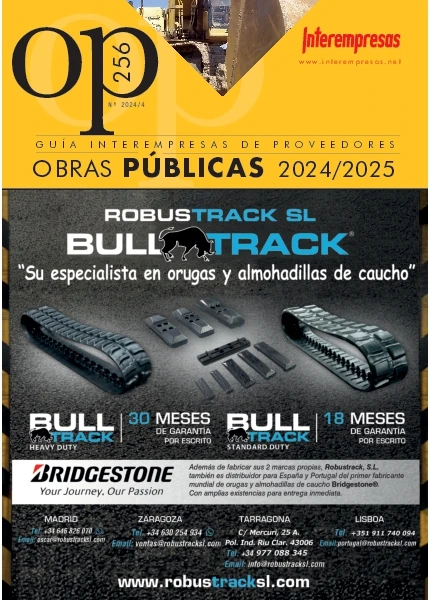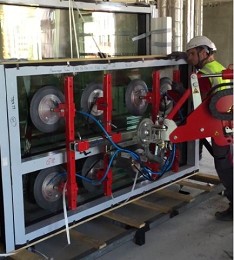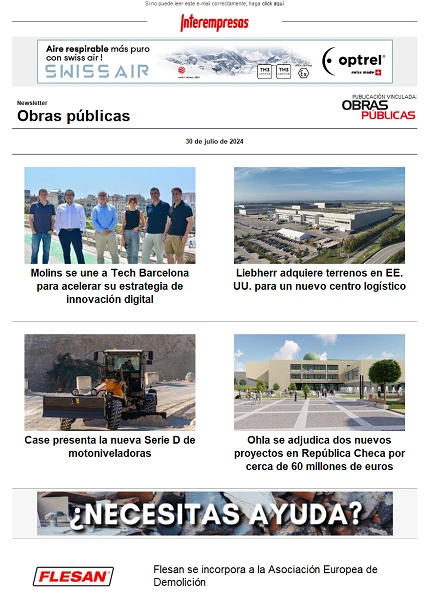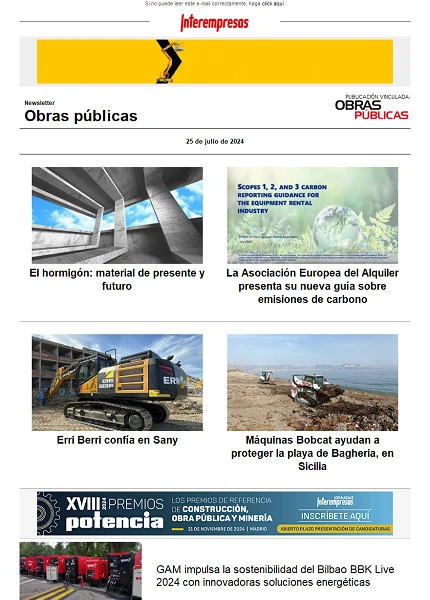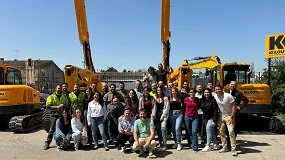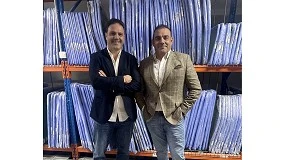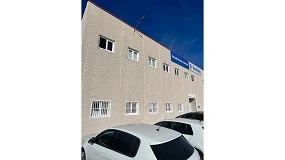The lighting of the roads, a key factor in the hygiene vial
26 June 2012
The Spanish Association of Manufacturers of Lighting (Anfalum), through his general director, Alfredo Berges, and of his manager in the Committee of Steering, Pilar Vázquez, and the Spanish Association of the Road (ACE), represented by his president, Miguel Mª Muñoz, and by his technical deputy director, Elena of the Crag, have participated in a presses conference that had by aim present the report ‘Been of the lighting of the Spanish roads and his impact in the hygiene vial. Cost of improvement and energetic saving'.
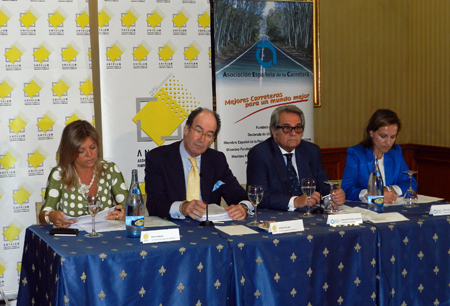
As it explained Alfredo Berges, Spain has of some 4,4 million lights of lighted up external, what equivale to 0,11 lights by inhabitant, in front of the 0,14 of Germany, the more than 0,20 of Holland and the 0,04 of the Czech Republic, what converts to this indicator in a good thermometer to measure the use of the infrastructures in the different countries.
Of those near of 4,4 million lights of lighted up external, 1,9 are situated in the roads, and, of these, roughly 1,5 millions find in autovías and motorways and the others 400.000 in travesías of cities. Of the total of points analysed by the AEC and Anfalum, 59% presented unsuitable levels with regard to the reglamentación, so much by excess (23%) as by defect (36%).
Besides, as it indicated the general director of Anfalum, of these 1,9 million lights, around 20% (some 380.000) are of steam of mercury, a technology developed in 1940, totally obsolete regarding consumption and performance, “by what would have to be substituted immediately”. This first proposal supposes to attack more than 50% of the lights situated in zones with a level underneath of the rule.
If we complete this performance with an adecuación of 23% of the corresponding lights to zones lit in excess, would be acting on a total of 836.000 points. This would suppose some 348 million euros of investment, that would amortise in less than three years and half.
As it indicated Pilar Vázquez, the proposal of Anfalum bases in substituting by conventional technology 95% of these lights (795.000), what, according to his calculations, would rise to some 300 million euros; and by technology LED 5% remaining (61.000), what values in 48 million euros.
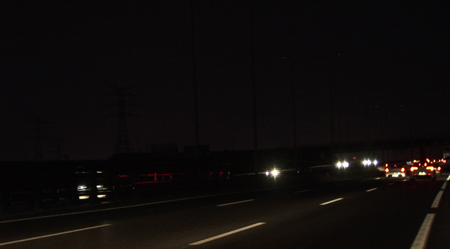
On the other hand, the total of points of light of Spanish roads have 1,900 GWh/year of energy consumption. Almost half of this consumption is generated by inefficient facilities, so improving them would save, in this group in particular, between 35 and 40 per cent, which would mean about a reduction of 665 GWh/year and 400,000 tons of CO2.
Incorporating new technologies such as the regulation of lighting, savings could be achieved, however, and the investment would not be too high. For example, if necessary regulate the lighting in 30% of the points of light (550,000), taking into account that each 100 points represent 4,800, investment should increase by EUR 23.5 million.
Vision of the AEC
Miguel Mª Muñoz, president of the AEC, remitted during his intervention to the presentation does some months by part of this association of the ‘Study on Needs of Investment of Conservation', a report that, according to his own words, “has raised ampollas” and that contemplates the lighting of the roads like one of the most important elements in the hygiene vial. “As different reports, the probability to suffer an accident of night is 250% higher that of day, by what a good lighting is fundamental to reduce this risk”, aimed the president of the AEC.
Miguel Mª Muñoz took advantage of also his intervention to remember that in said Study contemplates a near investment to the 5.500 million euros to be able to correct the dangerous deterioration that suffers the road network in Spain, a quantity that equivaldría to postpone during some years the construction of 96 km of BIRD.
In comparison to the tendency that aims between the politicians to direct the investments in infrastructures of transport to the train of high speed, from the AEC, his president, remembered that “there is not a more social investment and vertebradora territorialmente that the one who does in roads”.
To continuation, Elena of the Crag, technical deputy director of the AEC, happened to detail the most significant data of the report on the state of the lighting in the Spanish roads that signals, amongst other appearances, that of the 85.503 accidents with victims that produced in our country in 2010, 30% took place during the night and the twilight and, of them, 20% in roads that lacked lighting. In these twelve months, 996 people died during the night or the twilight in accidents of traffic, in road and urban zone, what supposes 40% of the total of died; in concrete, produced 432 mortal victims during the night in roads without lighting (17% of the total).
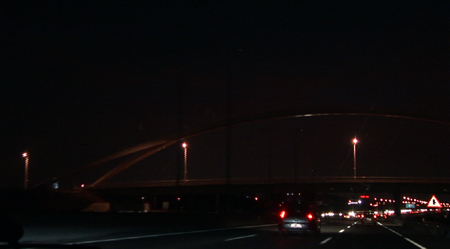
In roads interurbanas produce roughly 22% of the died and 16% of the injured grave in stretches without lighting, by what does more than indispensable improve the level and quality of the lighting.



